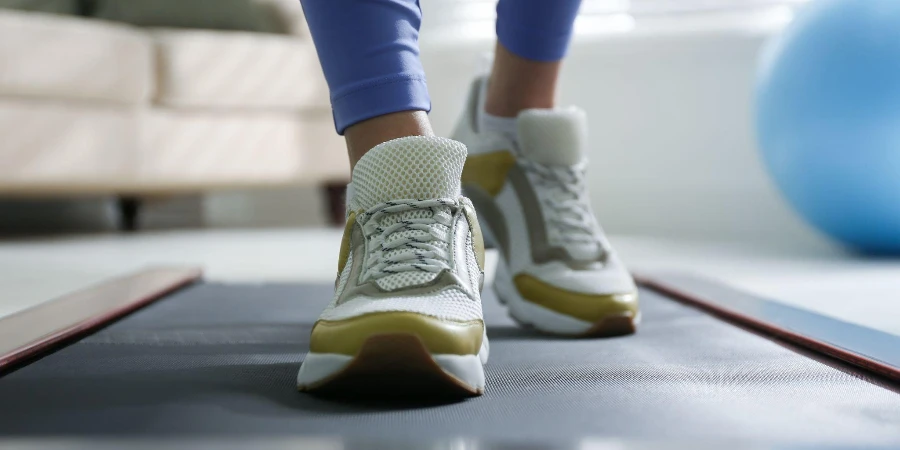In a world where staying fit and healthy has become more crucial than ever, finding the right exercise equipment can be a game-changer. Among the plethora of options, the walking pad has emerged as a popular choice for individuals seeking a convenient, low-impact way to stay active. This article delves into the walking pad, exploring its benefits, features, maintenance tips, space considerations, and cost, to provide you with all the information you need to know.
Table of Contents:
– Benefits of using a walking pad
– Key features to look for
– Maintenance and care tips
– Space considerations for your home
– Understanding the cost
Benefits of using a walking pad
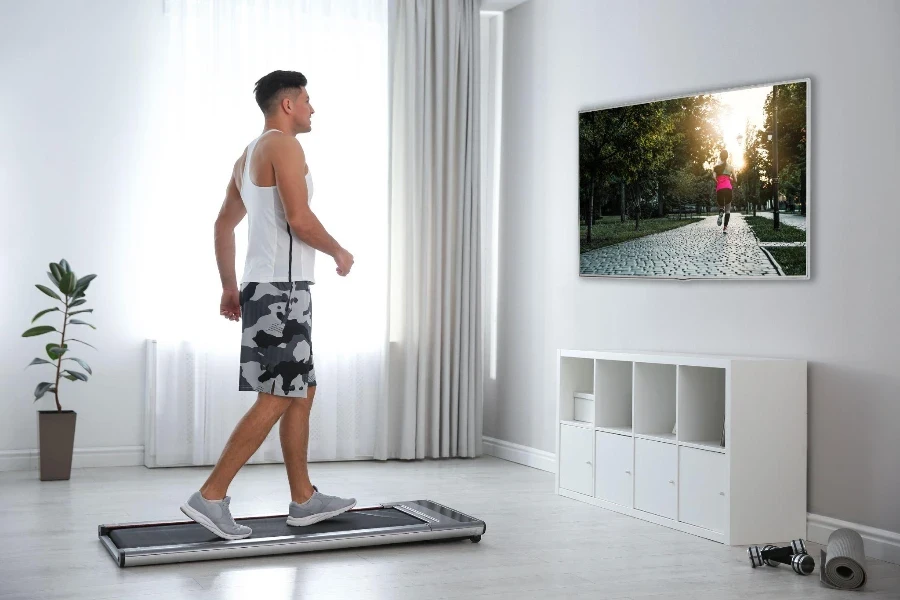
Walking pads have gained popularity for several reasons, not least of which is their ability to provide a versatile workout option within the comfort of one’s home. They cater to a wide range of fitness levels, from beginners to those looking for a more vigorous exercise regime. The convenience of having a walking pad at home means that weather, time constraints, and the hassle of going to a gym no longer impede your fitness goals. Moreover, walking is a low-impact exercise, making it an excellent option for people with joint concerns or those recovering from injury.
The adaptability of walking pads also extends to their design, with many models offering foldable features for easy storage. This aspect is particularly appealing for individuals living in smaller spaces. Additionally, walking on a pad can be a multitasking opportunity – listen to podcasts, catch up on audiobooks, or even take conference calls while getting your steps in. This seamless integration into daily life ensures that staying active isn’t just another task on your to-do list but a lifestyle enhancement.
Another significant benefit is the tracking capabilities present in most walking pads. These features allow users to monitor their progress, set fitness goals, and stay motivated. Tracking your speed, distance, and even calorie burn can provide invaluable feedback on your fitness journey, helping you to adjust your workouts as needed to achieve your desired outcomes.
Key features to look for
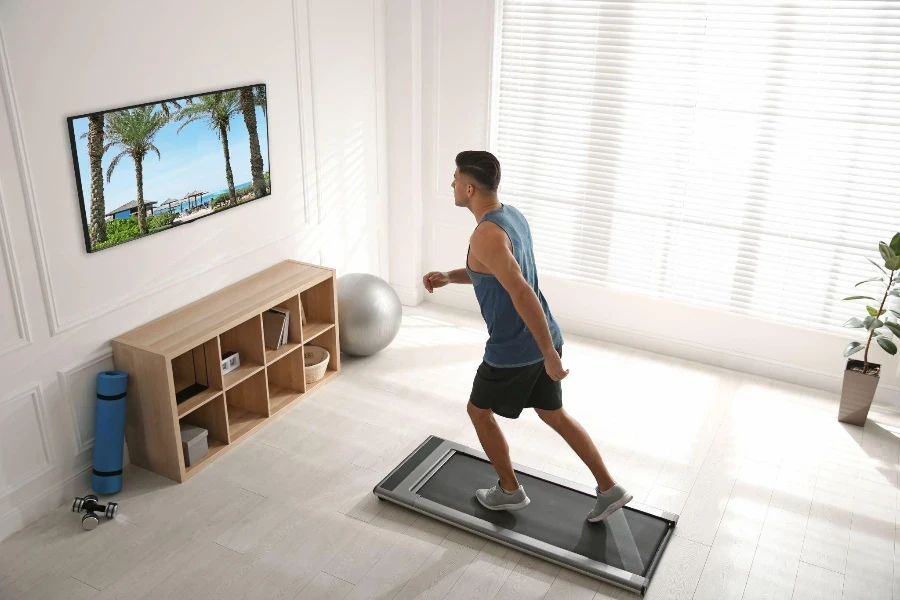
When considering the purchase of a walking pad, it’s essential to focus on several key features that can enhance your experience. Firstly, the motor’s quality and power are crucial, as they determine the device’s durability and the smoothness of the walking experience. A quiet motor is also a significant plus, especially for those living in apartments or using the pad in shared spaces.
Adjustability is another critical feature. Look for a walking pad that offers various speed settings to accommodate different fitness levels and workout intensities. Some models come equipped with pre-set programs, providing a structured exercise routine that can help keep your workouts diverse and challenging.
Lastly, safety features should not be overlooked. A walking pad with auto-stop functions, safety key, and non-slip surfaces can provide peace of mind, ensuring that your exercise routine is not only effective but safe. Additionally, consider the weight capacity of the device to ensure it meets your needs.
Maintenance and care tips
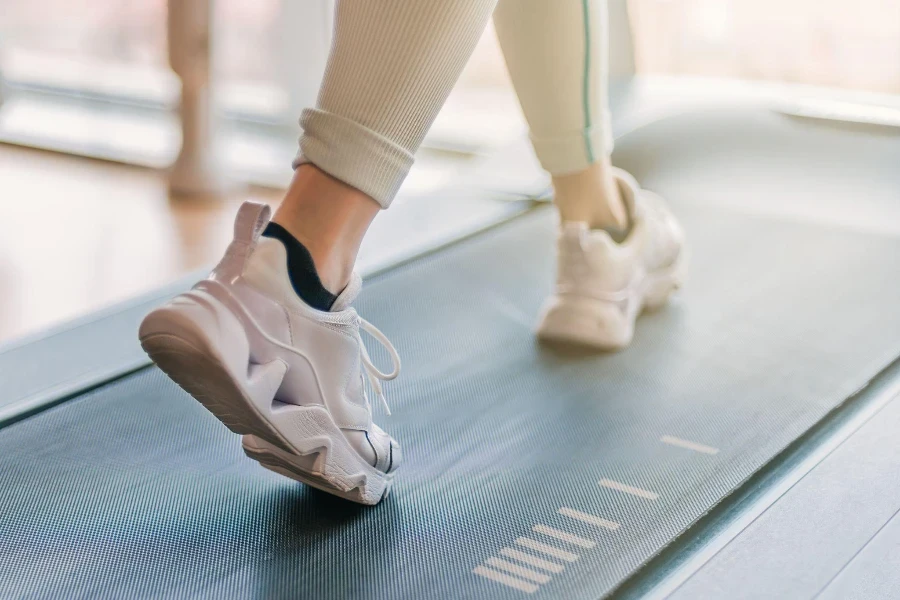
To ensure the longevity of your walking pad, regular maintenance and care are essential. Keeping the walking surface clean and free of debris can prevent damage and ensure a smooth operation. It’s also important to check the belt alignment and tension regularly, as misalignment or incorrect tension can lead to wear and tear over time.
Lubrication of the belt is another critical maintenance task. Most walking pads require periodic lubrication to reduce friction between the belt and the deck, which in turn prolongs the life of the motor and the belt. Always refer to the manufacturer’s guidelines for specific maintenance recommendations, including the type of lubricant to use and the frequency of application.
Lastly, storing your walking pad in a suitable environment can significantly impact its durability. Avoid places with extreme temperature fluctuations or high humidity, as these conditions can damage electronic components and degrade the material of the walking pad.
Space considerations for your home
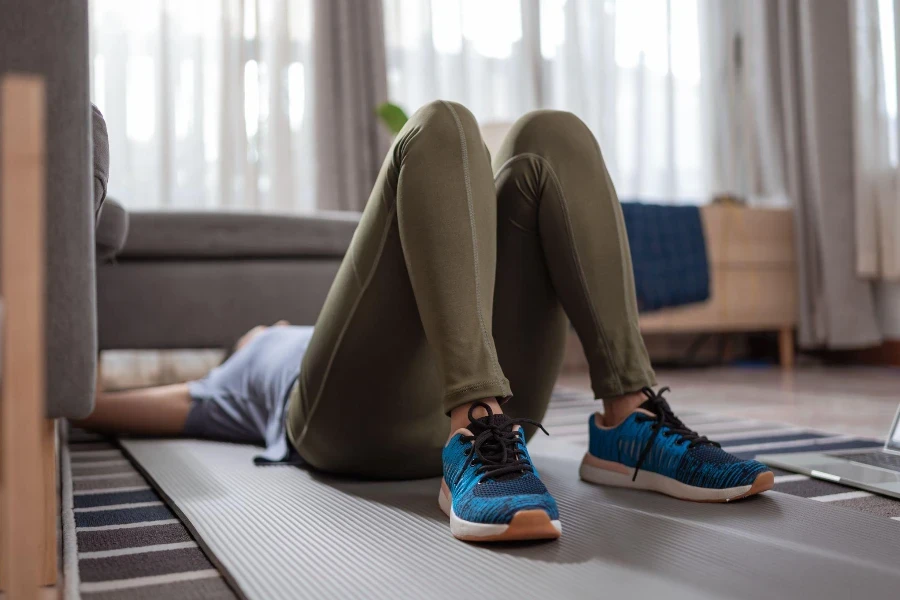
One of the appealing aspects of a walking pad is its relatively compact size compared to traditional treadmills. However, it’s still important to consider the space it will occupy in your home. Measure the area where you plan to use and store the walking pad, keeping in mind that some space around the device is necessary for safe use.
For those with limited space, a foldable walking pad can be an excellent option. These models can be easily stored under beds, in closets, or leaned against walls, making them ideal for small apartments or homes with limited storage options. Additionally, consider the ease of moving the walking pad. Many models come with wheels, which can facilitate easy repositioning or storage.
Understanding the cost
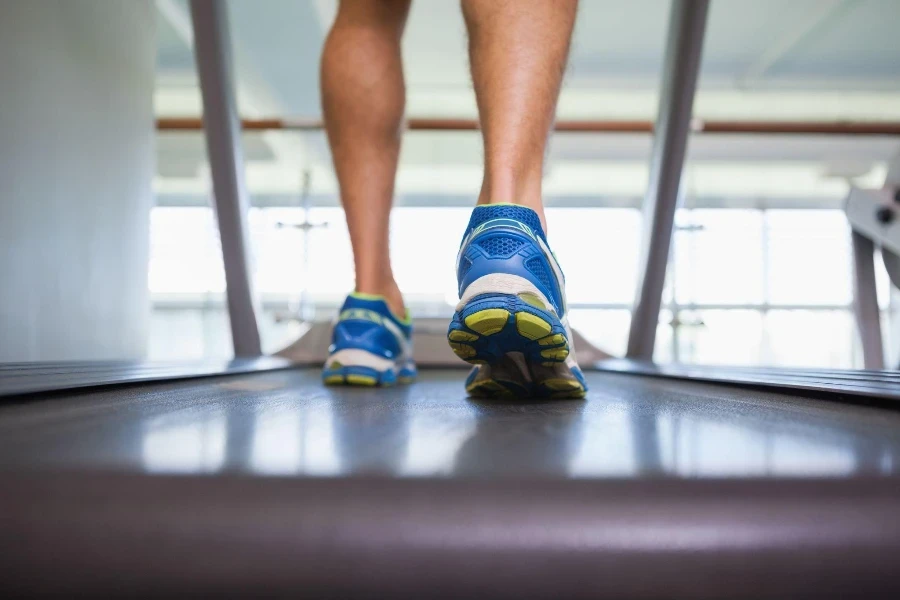
The cost of a walking pad can vary widely based on features, brand, and quality. While it’s tempting to opt for the least expensive option, it’s important to consider the value over time. Investing in a durable, high-quality walking pad with essential features for your needs can save money in the long run by reducing the need for repairs or replacement.
When evaluating the cost, consider the warranty and customer support offered by the manufacturer. A comprehensive warranty can provide peace of mind, covering potential repairs or defects. Additionally, responsive customer support can be invaluable, offering assistance with setup, maintenance, and troubleshooting.
Conclusion:
A walking pad can be a fantastic addition to your home fitness regime, offering convenience, versatility, and a range of health benefits. By considering the benefits, key features, maintenance requirements, space considerations, and cost, you can make an informed decision that aligns with your fitness goals and lifestyle. Remember, the goal is to find a walking pad that not only fits your home but also inspires you to stay active and achieve your health objectives.
